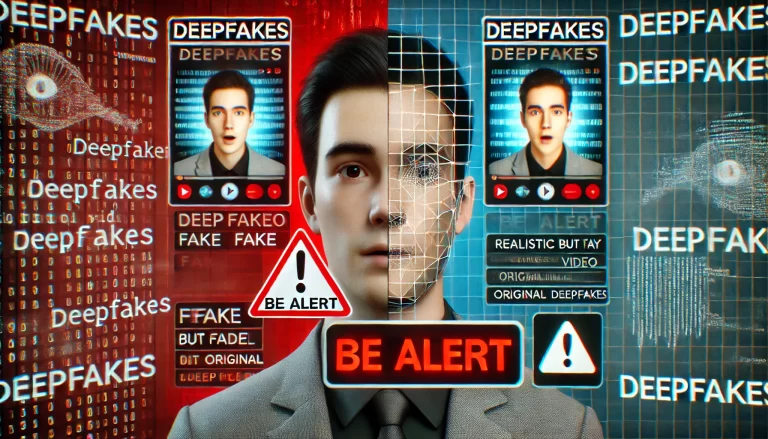
In the rapidly evolving world of technology, deepfake technology is emerging as a significant concern for Australian businesses. Deepfakes, which leverage advanced artificial intelligence (AI) to create hyper-realistic but entirely fabricated videos and audio, are not just the stuff of science fiction anymore—they’re a growing threat to security and trust in the digital age.
The Rising Threat of Deepfakes
For the uninitiated, deepfakes are a form of synthetic media where a person in an existing image or video is replaced with someone else’s likeness. These manipulations are so sophisticated that they can be incredibly hard to detect. The implications for businesses are profound: imagine a fake video of a CEO making false announcements, or fraudulent audio messages seemingly from trusted partners. The potential for misinformation and fraud is enormous.
Impact on Australian Businesses
Australian businesses are particularly vulnerable to this new wave of digital deception. The Australian Cyber Security Centre (ACSC) has flagged deepfakes as a critical threat, highlighting their potential to undermine trust, damage reputations, and cause significant financial harm. In a landscape where cybersecurity is already a pressing concern, deepfakes add another layer of complexity.
One of the most concerning aspects of deepfakes is their use in social engineering attacks. By mimicking real individuals, cybercriminals can manipulate employees or clients into divulging sensitive information or making unauthorised transactions. The realism of these deepfakes makes them a powerful tool in the arsenal of cyber attackers.
Staying One Step Ahead
So, what can Australian businesses do to protect themselves? Firstly, awareness is key. Companies need to educate their staff about the existence and risks of deepfakes. Regular training sessions can help employees recognise potential threats and respond appropriately.
Secondly, investing in advanced detection technologies is crucial. There are emerging tools designed to identify deepfakes by analysing inconsistencies that may not be visible to the human eye. Businesses should stay informed about these technologies and integrate them into their cybersecurity protocols.
Moreover, fostering a culture of skepticism can be beneficial. Encouraging a mindset where unusual requests are verified through multiple channels can prevent falling victim to deepfake scams. For instance, a quick phone call to confirm an email or video message can save significant trouble down the line.
The Role of Government and Industry Collaboration
The fight against deepfakes isn’t one that businesses can undertake alone. There’s a vital role for government and industry bodies to play in creating a robust framework to combat this threat. Collaborative efforts, including sharing information on deepfake incidents and best practices for mitigation, can bolster the collective defence.
The Australian government, through the ACSC, is already taking steps to address these challenges. However, ongoing investment in research and development is essential to stay ahead of cybercriminals who continually refine their techniques.
Conclusion: Vigilance is Vital
Deepfake technology represents a clear and present danger to Australian businesses. The combination of awareness, technology, and collaboration offers the best defence against this insidious threat. By staying vigilant and proactive, businesses can protect their reputations, secure their operations, and maintain the trust of their stakeholders in an increasingly digital world.
As we navigate this new era, it’s clear: deepfakes are more than just a technological curiosity—they’re a significant security challenge that requires our immediate attention. Let’s stay ahead of the game and keep our businesses safe.